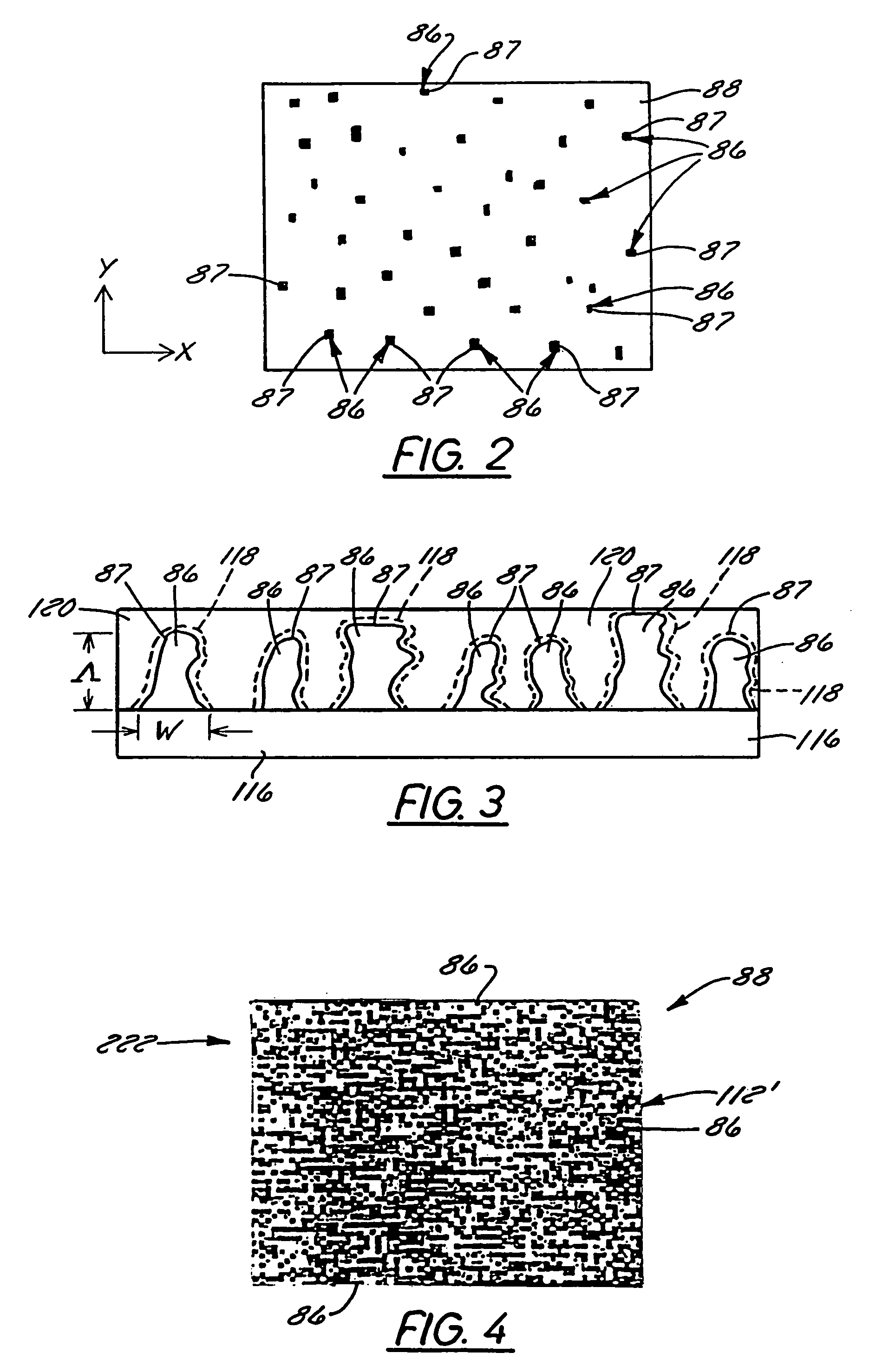Authentication system and method
a technology of authentication system and authentication method, applied in the field of authentication system, can solve the problems of increasing cost and burden on society, fraud committed by people using fake identities or identities of others, and achieving the effect of high security, not easy to be easily recorded, and fast and easy to be recorded
- Summary
- Abstract
- Description
- Claims
- Application Information
AI Technical Summary
Benefits of technology
Problems solved by technology
Method used
Image
Examples
case 1 and 2
[0232]In case 1 and 2 of Table 2 above, it is clear from Equation 16 that the interference term vanishes providing no correlation peak. In case 3, the interference term vanishes in Equation 17 because the cross-correlation function is identically zero for different noise like objects, as was shown in FIG. 54. For case 4, the interference term does not vanish. This can be explained in two ways: (1) as in double-exposure interferometry, case 4 is equivalent to only diffuse object translation which thereby provides stable interferometric fringes, and (2) where random masks are identical, the I(x,y) cosine term is stable and for G=H, the autocorrelation function GG does not vanish.
[0233]For example, a random Gaussian pattern can be used as the scrambler mask and can be a Gaussian diffuser or the like. The pattern is transmitted as the phase parameter. Advantageously, the smallest details of the security mask, particularly those that define its spatial resolution, can be selectively cont...
PUM
 Login to View More
Login to View More Abstract
Description
Claims
Application Information
 Login to View More
Login to View More - R&D
- Intellectual Property
- Life Sciences
- Materials
- Tech Scout
- Unparalleled Data Quality
- Higher Quality Content
- 60% Fewer Hallucinations
Browse by: Latest US Patents, China's latest patents, Technical Efficacy Thesaurus, Application Domain, Technology Topic, Popular Technical Reports.
© 2025 PatSnap. All rights reserved.Legal|Privacy policy|Modern Slavery Act Transparency Statement|Sitemap|About US| Contact US: help@patsnap.com



